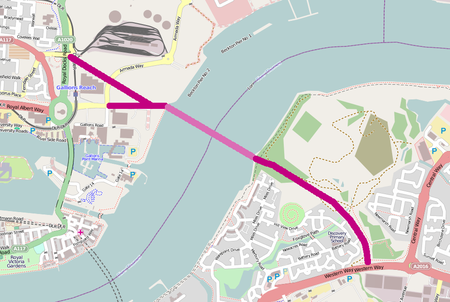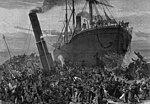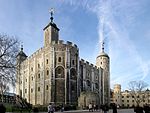Gallions Reach Crossing
Bridges across the River ThamesBridges in LondonLondon transport stubsProposed bridges in the United KingdomProposed rail infrastructure in London ... and 2 more
River Thames ferriesUse British English from January 2017

The Gallions Reach Crossing is a proposed River Thames crossing close to Gallions Reach in East London, running between Beckton in the London Borough of Newham and Thamesmead in the Royal Borough of Greenwich. Originally a proposed ferry crossing replacing the Woolwich Ferry, later plans suggested either a bridge or a tunnel. It is being developed in conjunction with the Belvedere Crossing, just downriver.
Excerpt from the Wikipedia article Gallions Reach Crossing (License: CC BY-SA 3.0, Authors, Images).Gallions Reach Crossing
Gemini Business Park, London Cyprus (London Borough of Newham)
Geographical coordinates (GPS) Address Nearby Places Show on map
Geographical coordinates (GPS)
| Latitude | Longitude |
|---|---|
| N 51.509283 ° | E 0.087659 ° |
Address
Gemini Business Park
E6 7FF London, Cyprus (London Borough of Newham)
England, United Kingdom
Open on Google Maps








